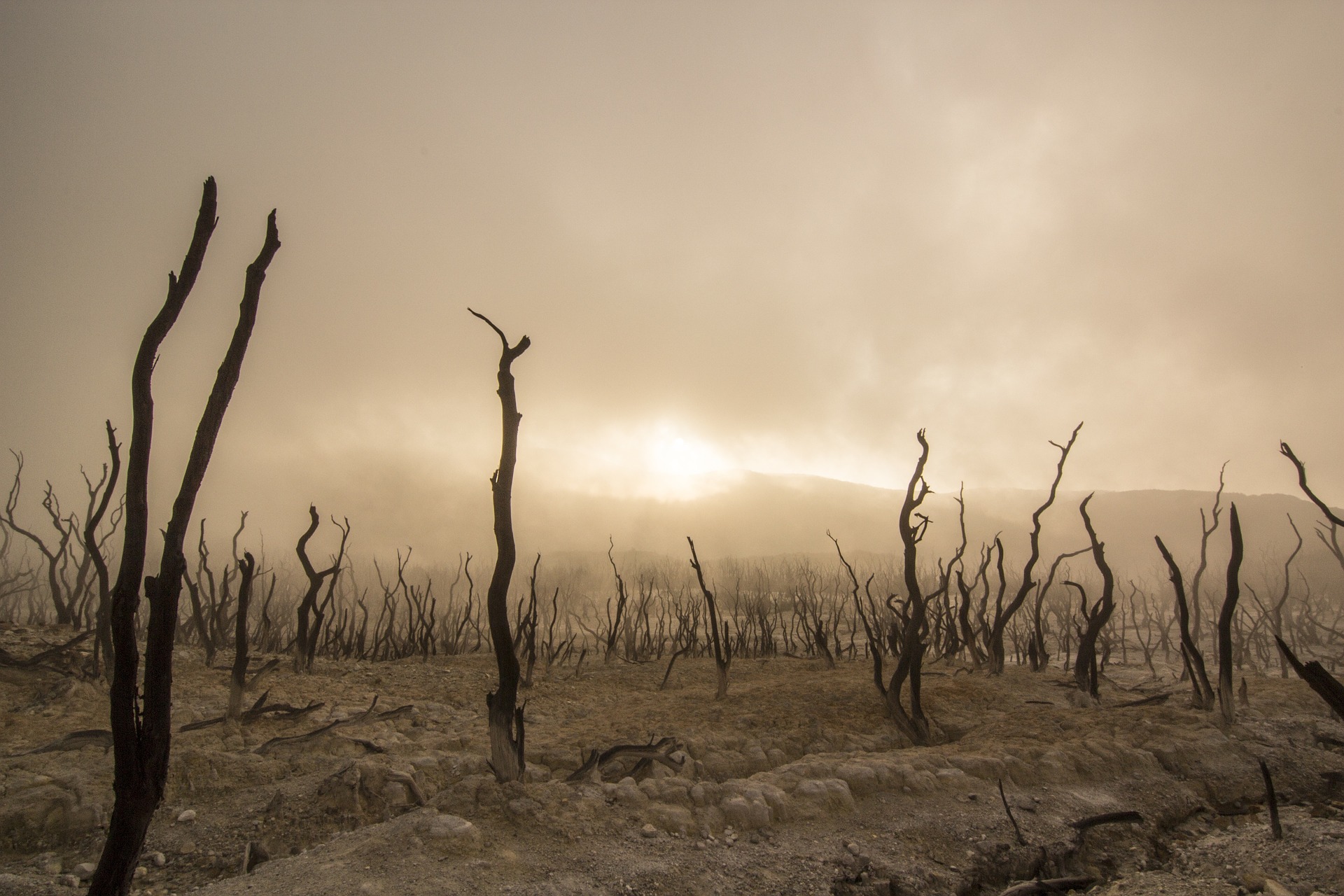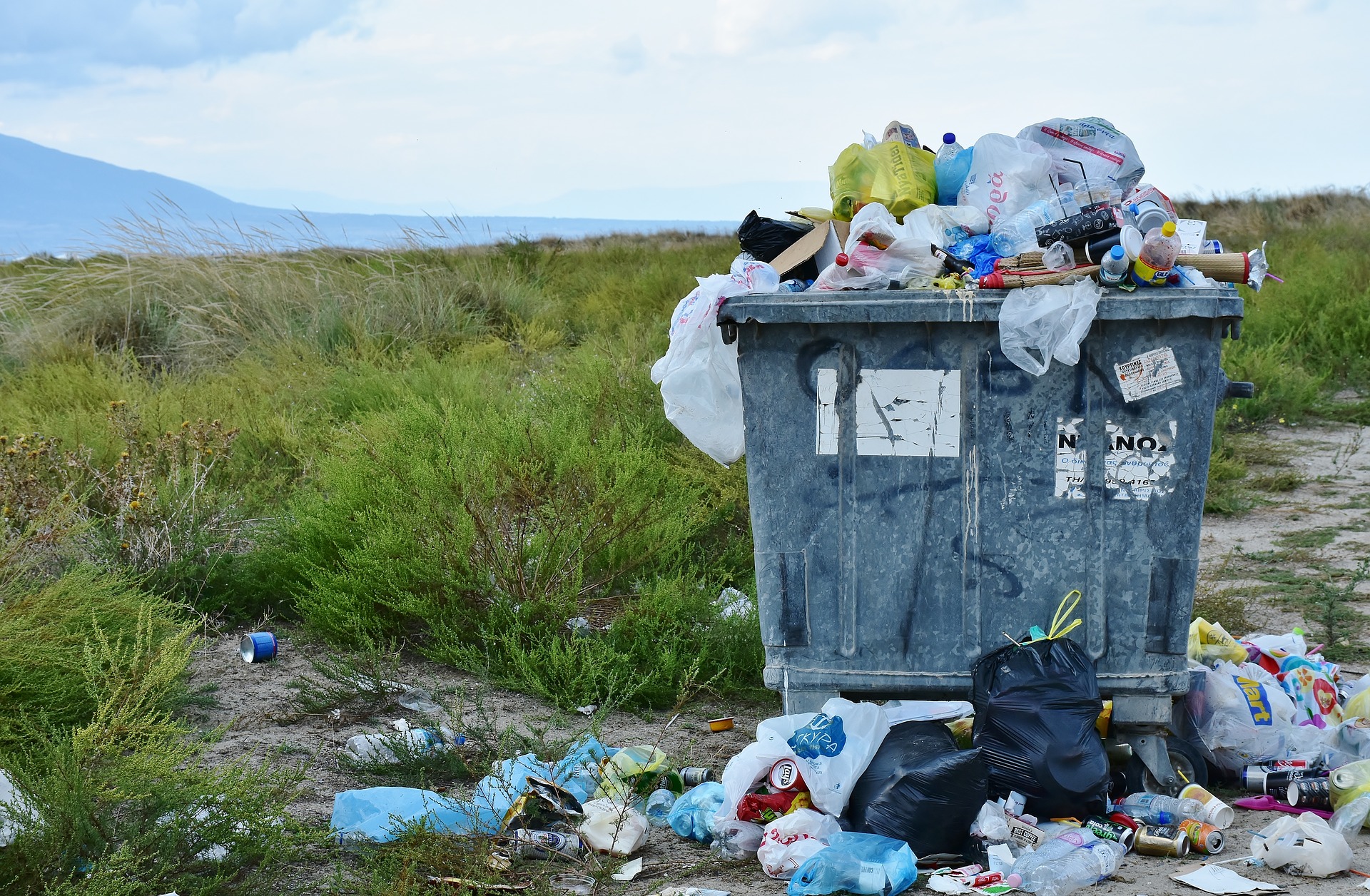
What are we fighting against?
In 2017, participants in the Geneva IoT Week developed the international declaration, “The Internet of Things for Sustainable Development.” The authors of the document formulated the message generally, but the essence is clear. According to experts, IoT is necessary:
- to combat climate change;
- for conservation of biodiversity and eco-monitoring;
- to solve problems with hunger, water supply and food security;
- to create smarter and more sustainable cities, villages and other communities.
In 2018, analysts at the World Economic Forum analyzed 640 implemented IoT projects. They found that 84% of them help fulfill the UN's sustainable development goals. 75% of projects aim at five goals: responsible consumption and production (processing of resources), cheap and clean energy, innovative information infrastructure (including unmanned “clean” transport), sustainable smart cities and good health of citizens.
What technologies are already used?

1) The most common are sensors for monitoring and forecasting the state of the environment. They measure temperature, air humidity, the concentration of chemical pollution of air, water, soil, and also check the level of noise, radioactive pollution and much more, depending on the purpose of monitoring.
One of these systems is already used at the Belgian Flanders Marine Institute. Today, ship owners calling at a city port are required to provide information on CO2 emissions. To automatically track vessels that use cheap and harmful fuel, representatives of the institute suggest launching small underwater robots with sensors and sensors in the port. While this project is at the pilot stage.
In Russia, MegaFon introduced an online platform for environmental monitoring in May 2019. The platform automatically collects data on emissions from enterprises, analyzes this information and transfers it to the operational monitoring center.
Another question is that no one has yet installed the sensors necessary for this, and it is not a fact that the factories themselves will want to join the project. The bill of the Ministry of Natural Resources and Natural Resources will help to fight with the latter, which obliges industries that affect the state of the environment to report on emissions. It is assumed that data will automatically be collected by sensors. Now this project is being piloted in the 12 most polluted cities, among them Magnitogorsk, Norilsk, Chelyabinsk, Cherepovets, etc.

2) Smart collection and recycling of municipal waste. Using the Internet of things, you can control the fullness of garbage containers and promptly call an operator to clean them. More than 50 countries have already connected to the most popular American Bigbelly system. In Russia, a similar pilot project has already been launched by Perekrestok; the micron factory Micron is responsible for the technical implementation. Also in Novokuznetsk, Kemerovo, St. Petersburg and the Belgorod region, RFID tags are tested in the garbage trucks themselves: they detect when and where the workers released the container and whether they brought the waste to the landfill.
The most systematic waste control was attended to at MTS. In addition to the above technologies, the operator implements online monitoring of places where garbage is accumulating. The system analyzes where the waste is generated, predicts the near future when it will be necessary to clean the containers again, and also monitors the state of the environment in landfills.

3) The Internet of things in agriculture allows us to guarantee the environmental safety of products, to improve their quality. To do this, farmers cultivate the land, select fertilizers for plants, etc., focusing on regularly updated detailed data on soil quality.
In particular, Europe already uses the WaterBee smart irrigation system. The system itself analyzes the state of the soil and decides how to water it. Also, several startups have already appeared abroad that solve the problem of a sharp reduction in the bee population. It would seem that it’s okay, but 33% of the food during the cultivation is pollinated by bees. Therefore, farmers are invited to remotely monitor the temperature and humidity in the hives.
In Russia, for example, they create aquaculture control services. Tele2 operator, as a pilot, controls water farms in the waters of Primorye. Sensors regularly check vital indicators for fish. The company says that this project can also be deployed for eco-monitoring in a broad sense.

4) Smart home / city / factory helps protect nature by reducing energy consumption. This part is most attractive both for business and for ordinary citizens.
In 2019, the French IT company Schneider Electric conducted an audit of the solutions that it installed in production, and noted that the industrial Internet of things has reduced energy consumption by 24%.
According to PwC, Russian energy grid companies will be able to save about 100 billion rubles in electricity production by 2025 by cutting fuel consumption.
At the same time, you can save on electricity with the help of commonplace energy-saving light bulbs and lighting control - such a smart city lighting system already works in Blagoveshchensk, they save about 1.5 million rubles a year in the city budget. And such savings give a tangible environmental effect - according to The Boston Consulting Group (BCG), the introduction of green technologies will reduce the rate of global warming by 16.5% by 2020.
Difficulties

The answer to the question why green technologies are developing more slowly than we would like is obvious - it is expensive. Again, according to BCG estimates, in order for the state to transfer 80% of its capacity to wind, solar, water and other alternative energy sources, it is necessary to spend about $ 28 trillion by 2050.
However, according to the Ministry of Natural Resources, in 2017, Russian business invested 153 billion rubles in environmental protection. It is likely that by 2020 this figure will increase significantly, since from January 1 of the next year the amount of tax for negative impact on the environment will increase. In 2017, companies paid 14.2 billion rubles for this ...Another problem of introducing green IoT at the second Global Summit on Production and Industrialization in July 2019 was expressed by Vladimir Putin. According to him, by the middle of the next decade, billions of devices will use more than 30% of the world's total electricity. In order to “not be in the resource and environmental deadlock”, IT-specialists must work on more environmentally friendly and less resource-intensive technologies.
Instead of output

In every environmentally responsible country, they focus on green IoT solutions. Barcelona monitors street noise and information on how construction works affect the environment. In Sydney, IoT studies groundwater flows and collects data on climate change so that it can be transmitted to companies whose business is directly dependent on this information. It’s clear that in Russia, compared to the European Union, everything is bad with environmental IT initiatives, it’s impossible. The problem is not in the technologies themselves, but in the willingness and willingness of cities to implement them. And this, as they say, is a completely different story.